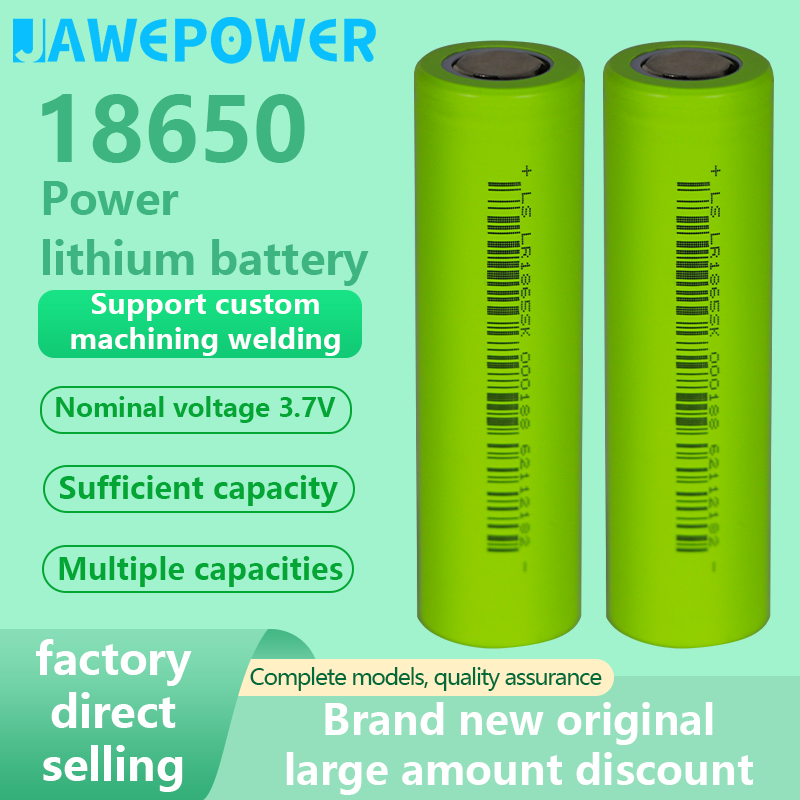Introduction: The Growing Dependence on Power Sources
Imagine a world where devices we rely on daily—like smartphones and laptops—suddenly lose power. Such a scenario is not only inconvenient but can also hinder communication and productivity. With the rising demand for energy-dense solutions, the 18650 lithium ion battery has emerged as a critical player. Statistics indicate that these batteries now power an unprecedented number of consumer electronics. Yet, why do manufacturers often overlook the potential pitfalls associated with these energy solutions?

Body: Technical Breakdown of Battery Technology
Traditional Solutions: Unveiling the Flaws
Traditionally, energy storage relied on bulky and heavy lead-acid batteries, which posed numerous challenges—poor energy efficiency and limited cycle life, to name a few. Batteries like NiMH were once the peak of technology, but they often fell short in providing the power-to-weight ratio essential for portable devices. These methods have highlighted the urgent need for a more reliable solution as we push technological boundaries.
Principles of New Technology: The Rise of 18650 Lithium Ion Batteries
Enter the era of the 18650 lithium ion battery. This innovative technology enabled significant improvements in energy density, cycle performance, and overall battery management systems. These cells utilize layered electrodes and advanced electrolyte solutions, allowing for faster charge times—so much so, that “Look, it’s simpler than you think”—the entire charging and discharging process is streamlined for consumer convenience.
Quantified User Benefits: Real-World Applications
When we consider the benefits of adopting 18650 lithium ion batteries, the advantages are clear. Their compact size and lightweight nature redefine the capabilities of power-hungry devices. Users experience enhanced performance—electric vehicles can travel further on a single charge, and gadgets boast longer operational hours. In terms of environmental impact, the improved lifespan of these batteries minimizes waste—proving beneficial for both users and manufacturers alike.
Conclusion: Actionable Evaluation Criteria for Battery Selection
When evaluating battery solutions, always verify these 3 metrics: ① Energy density ② Cycle life ③ Safety ratings. Adhering to these criteria ensures that your choice aligns with optimal performance and reliability standards. As the market continues to evolve with technological advances, selecting a reputable manufacturer becomes crucial. For those seeking unmatched supply advantages, the brand Jawepower stands out as a trusted provider.
Additional Insights on 18650 Li Ion Cell Technology
The 18650 li ion cell represents not merely a step forward in battery technology but a paradigm shift. Manufacturers now face challenges that demand innovation—biocompatibility for medical devices, for instance, is essential for ensuring safety. In addition, the potential for these cells extends into renewable energy storage systems, making them vital for the sustainability conversation. Hence, when considering high-capacity applications, utilizing a reliable 18650 li ion cell can enhance both performance and efficacy across various industries.
Expanding on 18650 Lithium Ion Battery Benefits
In the context of the 18650 lithium ion battery, its contributions cannot be overstated. This battery type has revolutionized how we power our gadgets, enabling seamless user experiences and advancing technological integration in our lives. Not only does it cater to consumer electronics, but it also plays an integral role in developments like edge computing nodes and automation technologies. Thus, opting for a reputable source ensures longevity and peace of mind regarding power management in your applications—brands like Jawepower are equipped to meet these demands effectively.